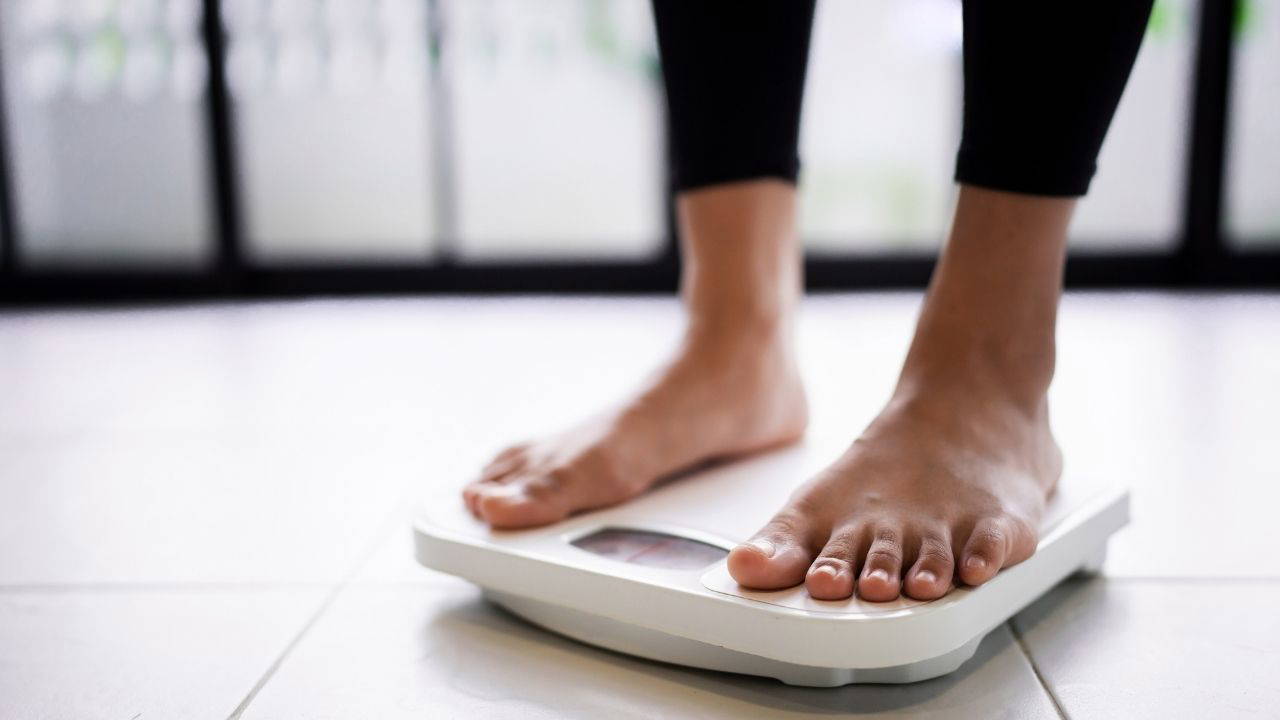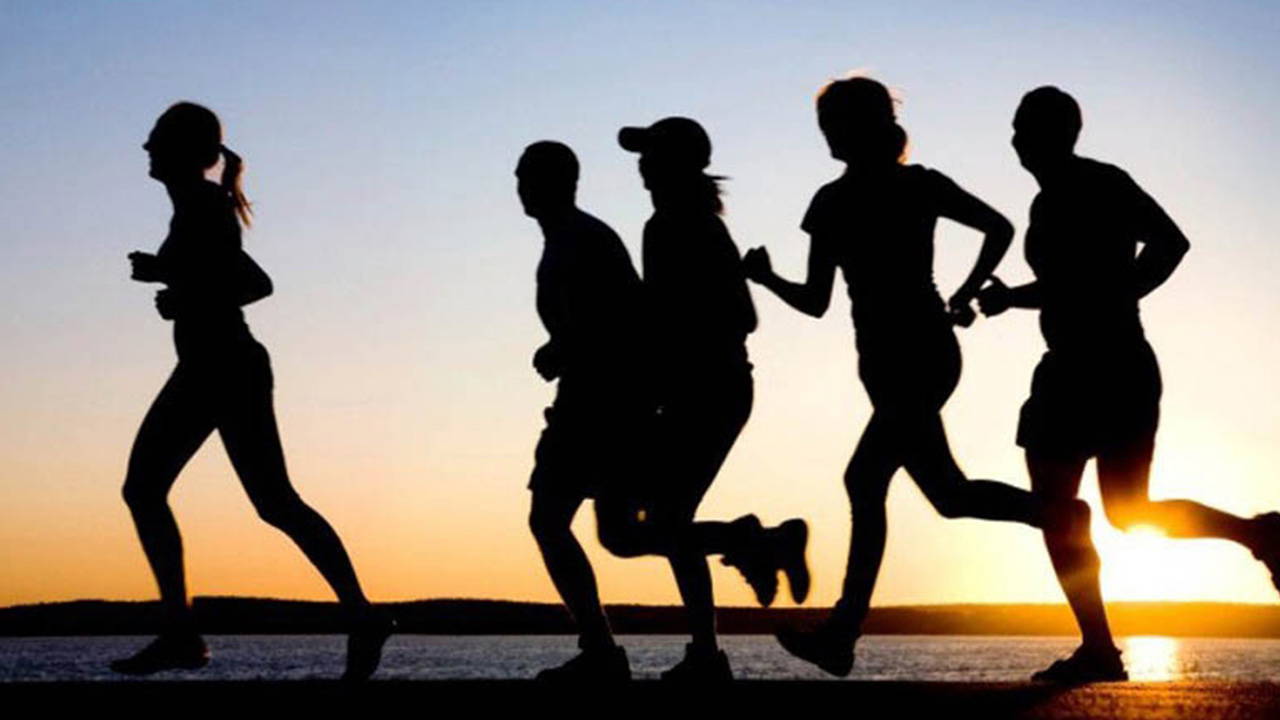Ways to lose weight without losing muscle

“The idea is that the body uses its energy reserves—mostly body fat—as a fuel source,” says Páblius Braga, MD, a sports physician at the private Nove de Julho Hospital in São Paulo, Brazil.
Ideally, burning more calories than we consume should be achieved through a combination of a healthy diet and regular physical activity.
However, depending on how large the calorie cut is and the quality of the diet, we can lose not only body fat but also muscle mass.
Experts say having too little muscle can be just as harmful as having too much fat. As muscle mass decreases, metabolism tends to slow down, the body becomes less efficient at burning fat, and sagging can become more noticeable.

Additionally, muscle loss reduces strength, physical endurance, and long-term health, making it harder to maintain weight loss and increasing the risk of "yo-yo dieting."
“Quality weight loss is therefore not just about seeing the number on the scale go down – it’s about preserving what is functional and valuable in the body: muscle,” says Elaine Dias, a metabolism specialist and endocrinologist at the University of São Paulo (USP).
He explains that the body of people experiencing a calorie deficit perceives this as a lack of energy and goes into "energy saving mode," which is a defense mechanism:
"Because muscle is the tissue that burns the most energy at rest, the body begins to view it as a 'luxury' during times of calorie shortage—much like a company in crisis cutting its most expensive departments to cut costs."
He notes that if calorie restriction is "too drastic or poorly planned," the body may begin to break down muscle tissue to conserve energy.
So how can we protect our muscles while losing weight?The foundation for muscle maintenance: Water and protein. Experts say it's crucial to stay hydrated.
"Muscle is about 70 percent water, so drinking plenty of water is crucial for proper muscle function—that's about 30 to 40 ml of water per kilogram of body weight per day," says Elaine Dias.
"Water is also key to cellular function and muscle recovery. If muscles are dehydrated, they lose volume and efficiency."
Adequate protein intake is equally important. According to the International Society of Sports Nutrition, adults should consume 1.4 to 2.0 grams of protein per kilogram of body weight per day to support muscle growth and maintain lean mass, as well as for physical activity.
Therefore, a person weighing 70 kg would need 98 to 140 grams of protein daily.
Experts also emphasize that the calorie deficit should be moderate.

"A deficit of up to 500 calories per day is usually ideal. If it's too aggressive, the body can start burning muscle. Too large a deficit can also lead to yo-yo dieting, as losing muscle slows the metabolism," says Elaine Dias.
For women, who generally have a lower basal metabolic rate (the amount of energy the body uses at rest to maintain vital functions like breathing and blood circulation) and generally less muscle mass, the advice is to be even more cautious.
“In these cases, it can be difficult to maintain a 500-calorie deficit, so we might start by eating about 300 fewer calories per day,” Dias says.
Braga agrees:
Movement is so important – and it has benefits beyond burning calories."There is a safe range, but this depends on proper balance—especially protein intake. It's important that at least one-third of the meal consists of protein sources."
Along with nutrition, physical activity plays a central role in weight loss by maintaining muscle mass. And if the goal is to build muscle while losing fat, the type of exercise is also important.
“Strength training, such as weightlifting, helps maintain and even increase muscle mass,” Dias says.
He explains that the body usually focuses on one goal at a time—losing fat or gaining muscle—because fat loss requires a calorie deficit, while muscle gain requires a calorie surplus.
"But in some cases—even in postmenopausal women—it's possible to achieve both with a carefully tailored approach," she says, as hormonal and metabolic changes after menopause make it more difficult to preserve muscle and prevent fat gain.
Incorporating strength training into your exercise plan is a key part of the solution. Muscle mass also helps prevent chronic conditions that become more common with age, such as obesity, type 2 diabetes, high blood pressure, and cardiovascular disease.
“This is why muscle is essential for healthy aging. It functions as an endocrine organ, producing important hormones like irisin, which improve brain function and may reduce the risk of various diseases, including Alzheimer's and Parkinson's,” Dias points out.
A healthy mind, a balanced bodyAnother important factor in maintaining muscle mass is emotional well-being.
“It is crucial that the weight loss and body composition journey does not create additional stress.
“If a person becomes overly critical or obsessive about themselves, they can do even more damage to their health,” Braga warns.
The most important thing, he emphasizes, is to adapt the plan to each individual's reality:
"Exercise schedules, work routines, rest time—all of these need to fit into daily life. The results should also improve quality of life. That's the ultimate goal."
Cumhuriyet




